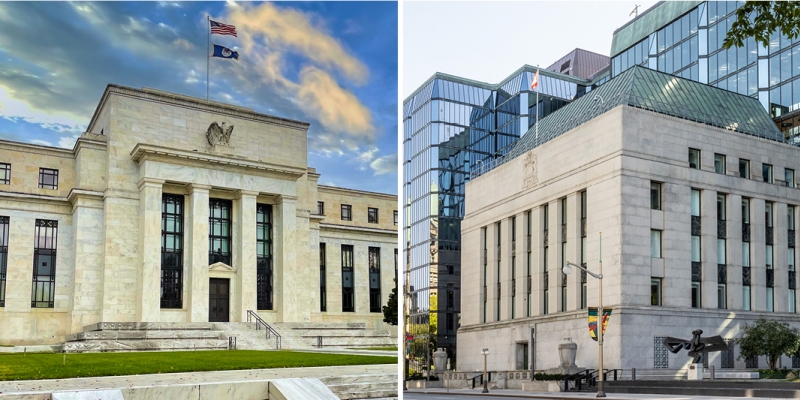Central Bank Forays Into Unconventional Monetary Policies: Explanation, Assessment, and Implications

This paper describes the era of unconventional monetary policies (UMP) and its principal motivations and tenets. The principal instruments of UMP are quantitative easing (QE), which encompasses central bank purchases of government-issued bonds, and private sector debt, such as mortgages, as well as forward guidance. The latter encompasses the public statements made by central bank officials that signal the likely direction of future monetary policy.
The reliance on UMP by central banks in both Canada and the U.S., and in the European Union and Japan pre-empted reliance on changes in central bank policy rates, which was the traditional instrument of monetary policy. Rates of inflation that were persistently below central bank targets as well as policy rates approaching what is known as a zero lower bound motivated central banks to implement new policy instruments.
There has been a great deal of controversy surrounding both QE and forward guidance. Specifically, there is contention about the effectiveness of UMP in counteracting recessionary forces subsequent to the financial crisis, as well as concern that major and sustained QE initiatives contributed to the surge in inflation in 2021-2022.
The paper discusses the challenges that central banks confront in calibrating their monetary policy initiatives. It also reviews available evidence on the effectiveness of unconventional monetary policies with respect to their contribution to macroeconomic stability. The evidence points to a mixed record for UMP. Specifically, UMP likely prevented even worse macroeconomic outcomes following the great financial crisis of 2008 and the subsequent euro area sovereign debt crisis than the world would otherwise have experienced. However, there is also a concern that both extensive QE after the onset of the pandemic and central bank forward guidance signaling that inflation was likely to be transitory exacerbated the inflationary effects of supply chain and related disruptions to production activities.
While the main near-term focus of monetary policy is to restore price stability, it is not too soon for a rethinking of the primary role and responsibility of central banks as well as the monetary policy strategies appropriate to the central banks’ policy focus. Such a rethinking should include whether and how monetary and fiscal policies might be better coordinated and whether a return to relying primarily on the policy interest rate as the main monetary policy tool is advisable.
Author:
More from this study
Subscribe to the Fraser Institute
Get the latest news from the Fraser Institute on the latest research studies, news and events.


